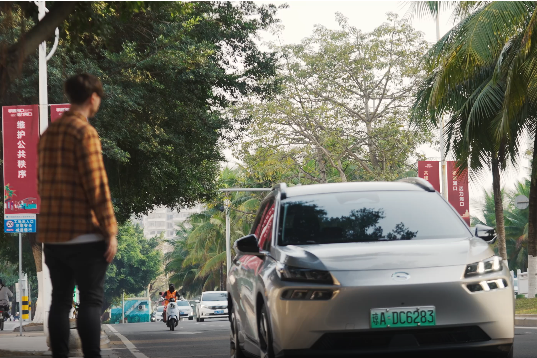SOEs help China enter new green era


With China entering a new era of green and innovation-led growth, its State-owned enterprises will continue to deploy more resources in areas such as energy conservation, emission reduction and low-carbon growth to advance the country's green development, according to information released by the country's top State-owned assets regulator.
The government has called on its centrally administered State-owned enterprises to further live up to their responsibilities in promoting energy conservation, as well as ecological and environmental protection.
Central SOEs' practices on these areas have been supervised in a dynamic and categorized manner based on their industry, energy consumption, emission level of major pollutants and impact on the ecological environment, according to the State-owned Assets Supervision and Administration Commission (SASAC) of the State Council.
For instance, China Petrochemical Corp, the world's largest refiner by volume, said it will further boost its green hydrogen manufacturing capacity and expand its hydrogen refueling network nationwide so as to build itself into China's largest hydrogen company.
The company plans to take advantage of its nationwide gas refueling network and actively build its hydrogen refueling network in China, it also aims for a hydrogen refueling capacity of 120,000 metric tons per year by 2025.
Built by Beijing-based China National Machinery Industry Corp, its Heyuan photovoltaic power project is able to reduce the greenhouse gas carbon dioxide, or CO2 emissions, by 80,000 tons annually in Guangdong province.
The hydrogen-fueled buses, produced by Chengdu, Sichuan province-headquartered energy and electromechanical equipment system manufacturer Dongfang Electric Corp, have travelled over 21 million kilometers in many Chinese cities, cutting 16.8 kilograms of CO2 emissions, equivalent to planting 935,000 trees.
The integrated development of the energy sector will be the main direction and crucial path for China's green and low-carbon transition, said Song Hailiang, a member of the 14th National Committee of the Chinese People's Political Consultative Conference.
Song, also the board chairman of State-owned China Energy Engineering Group Co Ltd, said the transformation around the three major economic forms - green and low carbon, digital technology and sharing, and integration economy - has become a trend of the times.
China's renewable energy installed capacity exceeded that of coal-fired power plants for the first time in history last year, accounting for 47.3 percent of the country's total capacity. China's total power generation in 2022 exceeded 2.7 trillion kWh, equal to the total electricity consumption of the 27 countries of the European Union in 2021, he said.
China currently is promoting green and low-carbon growth via cross-industry integration, integration within industrial chains, integrated development of resources, and regional and international cooperation, he added.




